Brexit's Economic Fallout: The UK Luxury Export Market To The EU

Table of Contents
Increased Trade Barriers and Tariffs
The introduction of new tariffs and customs duties has significantly increased the cost of exporting UK luxury goods to the EU. This has diminished the competitiveness of UK brands against their European and global counterparts. High-end fashion, bespoke tailoring, luxury automobiles, and premium spirits – all previously enjoying frictionless trade – now face substantial added costs.
- Types of new barriers:
- Tariffs and customs duties
- Lengthy customs checks and inspections
- Increased regulatory hurdles and compliance requirements
- Non-tariff barriers such as sanitary and phytosanitary regulations
The increase in export costs post-Brexit has been substantial. While precise figures vary depending on the specific product, reports suggest increases ranging from several percentage points to over 20% for some luxury items, directly impacting profitability and pricing strategies. This makes UK luxury goods less attractive to EU consumers, who are now faced with higher prices compared to similar products from other origins.
Supply Chain Disruptions
Brexit has introduced significant complexities to the supply chains of UK luxury goods destined for the EU. The previously seamless flow of goods has been disrupted by increased border delays, leading to substantial logistical costs. Just-in-time manufacturing, a cornerstone of many luxury brands' operations, has been severely impacted by these disruptions. Inventory management strategies require significant adjustments to accommodate potential delays and increased uncertainty.
- Specific supply chain challenges:
- Significant transportation delays due to increased border checks
- Increased paperwork and documentation requirements
- Port congestion and logistical bottlenecks
- Increased insurance costs to cover potential delays and losses
These disruptions not only add to the cost of production but also risk damage to the reputation of luxury brands due to late deliveries or unmet orders. The reliance on efficient, timely supply chains is paramount in the luxury sector, and Brexit has undoubtedly strained these operations.
Changes in Consumer Demand
The increased cost and reduced availability of UK luxury goods in the EU have had a palpable effect on consumer demand. Price increases directly impact purchasing decisions, leading many EU consumers to reconsider their buying habits. Furthermore, Brexit has potentially impacted brand perception and consumer loyalty, with some consumers favoring brands from within the EU to avoid potential complications and higher prices.
- Potential consumer reactions:
- Decreased purchasing of UK luxury goods
- Increased price sensitivity among consumers
- Shifting brand loyalty towards EU competitors
- Seeking out alternative, more readily available luxury products
Luxury brands are actively seeking strategies to counteract these challenges, including emphasizing brand heritage, enhancing customer service, and potentially adjusting their pricing strategies to remain competitive within the new market realities.
Adaptation Strategies for UK Luxury Exporters
UK luxury exporters are actively seeking innovative solutions and adopting new strategies to mitigate the negative impacts of Brexit. Many brands are investing in new logistical solutions, including relocating production facilities or establishing distribution centers within the EU to minimize border crossing issues. Others are focusing on streamlining customs processes and embracing digital marketing strategies to better reach EU consumers.
- Effective adaptation strategies:
- Establishing warehousing and distribution centers within the EU
- Investing in advanced customs management systems
- Developing stronger digital marketing campaigns specifically targeting EU markets
- Diversifying export markets to reduce reliance on the EU
These adaptive strategies highlight the resilience and innovation within the UK luxury sector in the face of unprecedented challenges. The ability to adjust operations and engage new markets is key to navigating the post-Brexit landscape.
Navigating the Post-Brexit Landscape for UK Luxury Exports
Brexit's economic fallout has significantly impacted the UK luxury export market to the EU. Increased trade barriers, supply chain disruptions, and shifts in consumer demand have created a challenging environment. However, UK luxury brands are demonstrating resilience by adapting their strategies and embracing innovation to mitigate these challenges. The long-term prospects for UK luxury goods in the EU depend on the ongoing adaptation to the new trade environment and the ability to maintain a strong brand image and competitive pricing. Understanding Brexit's impact on your luxury export business is crucial. Learn more about adapting your strategies to thrive in the post-Brexit landscape and explore resources on navigating the complexities of international trade post-Brexit.

Featured Posts
-
 Analyse Van De Terugkeer Van John Lithgow En Jimmy Smits In Dexter Resurrection
May 21, 2025
Analyse Van De Terugkeer Van John Lithgow En Jimmy Smits In Dexter Resurrection
May 21, 2025 -
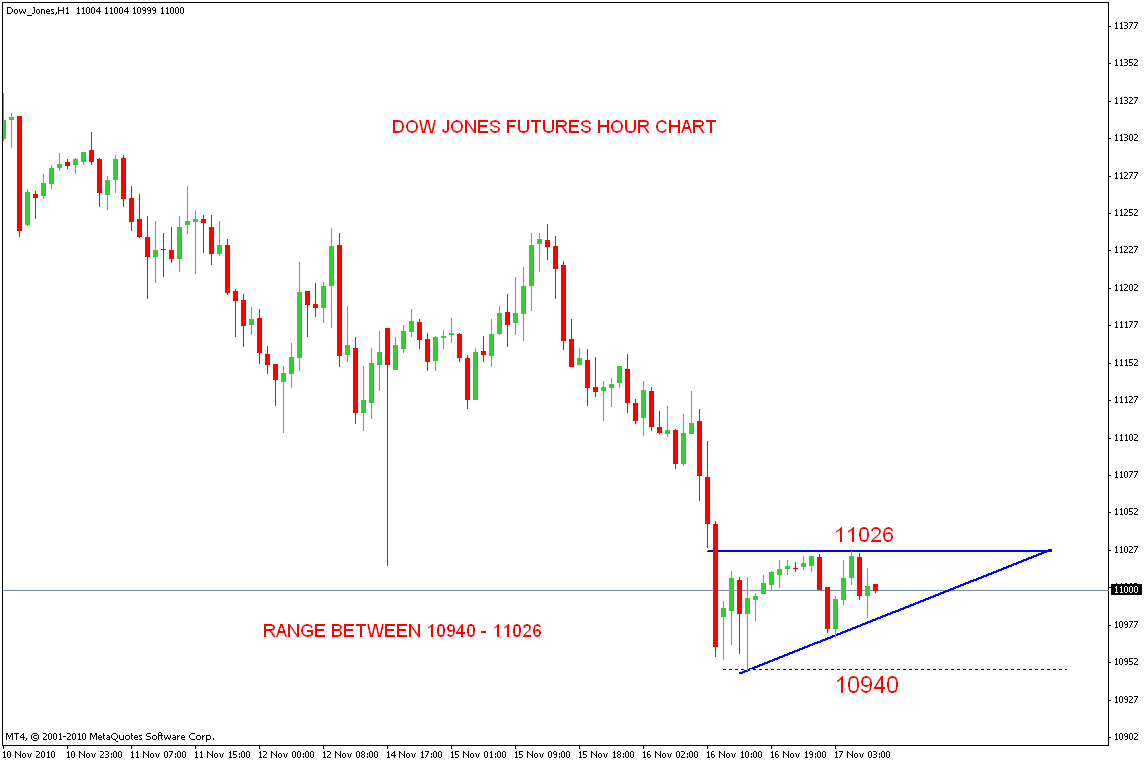 Live Market Analysis Dow Futures And Dollar After Moodys Action
May 21, 2025
Live Market Analysis Dow Futures And Dollar After Moodys Action
May 21, 2025 -
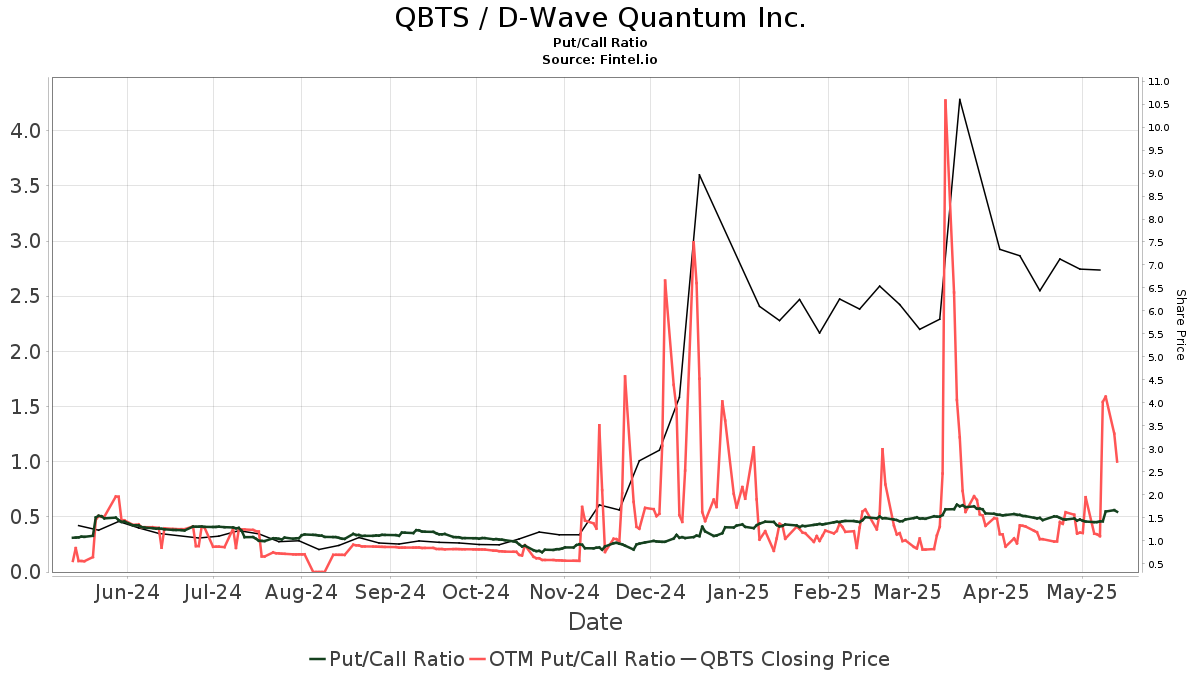 Investor Interest In D Wave Quantum Qbts Causes Of The Stock Price Increase
May 21, 2025
Investor Interest In D Wave Quantum Qbts Causes Of The Stock Price Increase
May 21, 2025 -
 La Petite Italie De L Ouest Un Joyau D Architecture Toscane
May 21, 2025
La Petite Italie De L Ouest Un Joyau D Architecture Toscane
May 21, 2025 -
 El Superalimento Que Combate Las Enfermedades Cronicas Mas Alla Del Arandano
May 21, 2025
El Superalimento Que Combate Las Enfermedades Cronicas Mas Alla Del Arandano
May 21, 2025
Latest Posts
-
 Kcrg Tv 9 To Air 10 Minnesota Twins Games
May 21, 2025
Kcrg Tv 9 To Air 10 Minnesota Twins Games
May 21, 2025 -
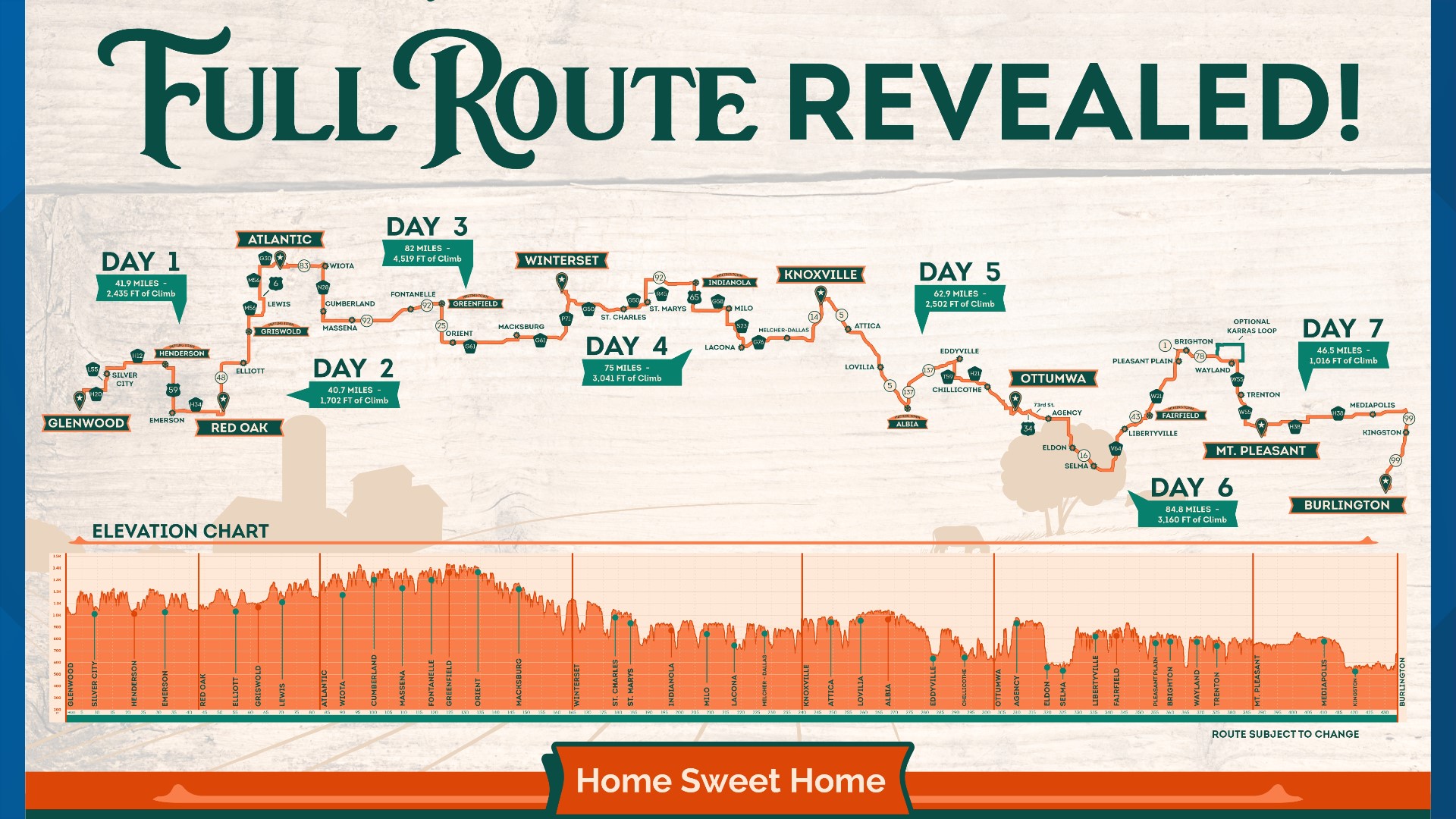 From Ragbrai To Daily Rides Scott Savilles Passion For Cycling
May 21, 2025
From Ragbrai To Daily Rides Scott Savilles Passion For Cycling
May 21, 2025 -
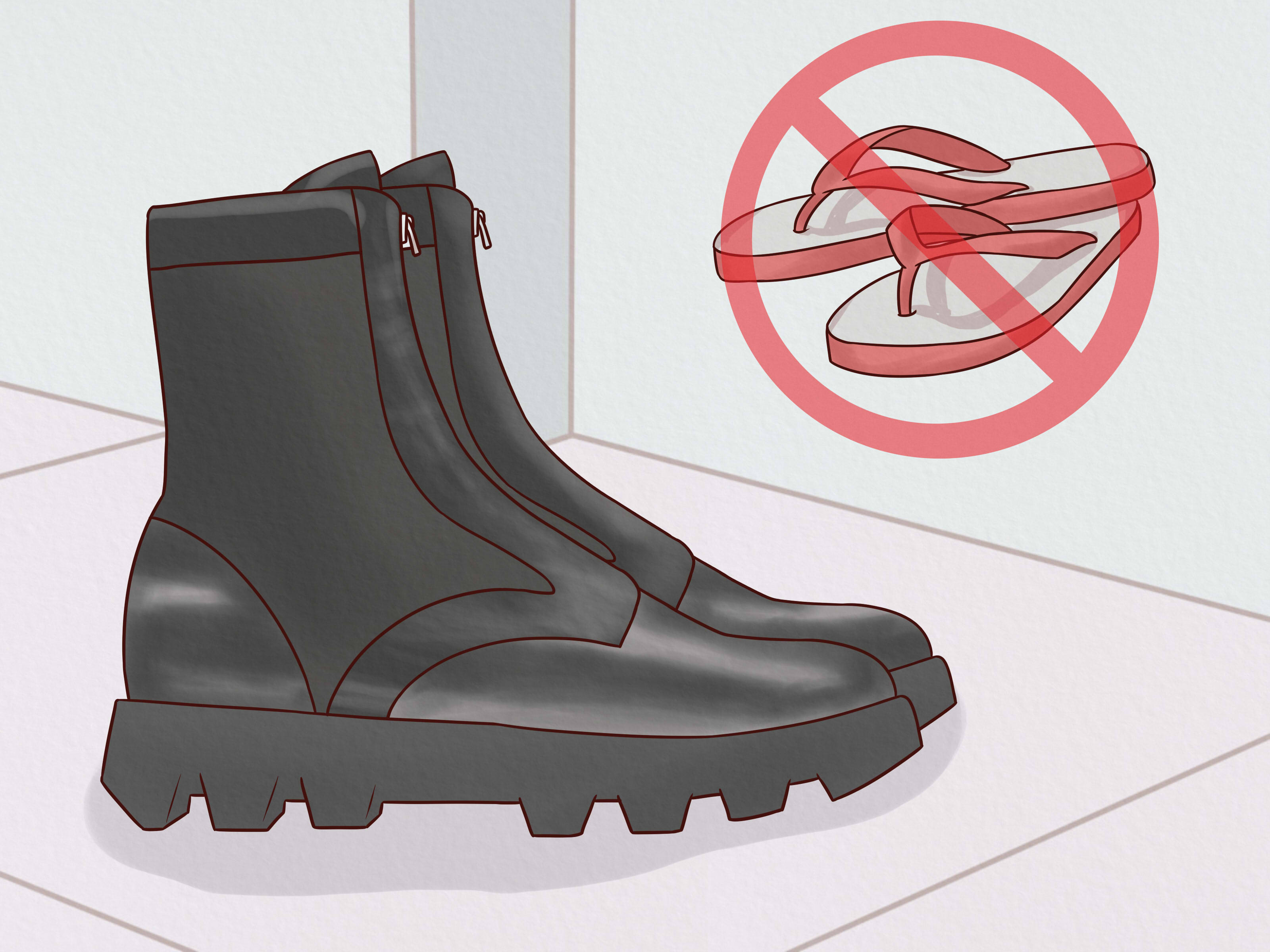 How To Dress For Breezy And Mild Weather
May 21, 2025
How To Dress For Breezy And Mild Weather
May 21, 2025 -
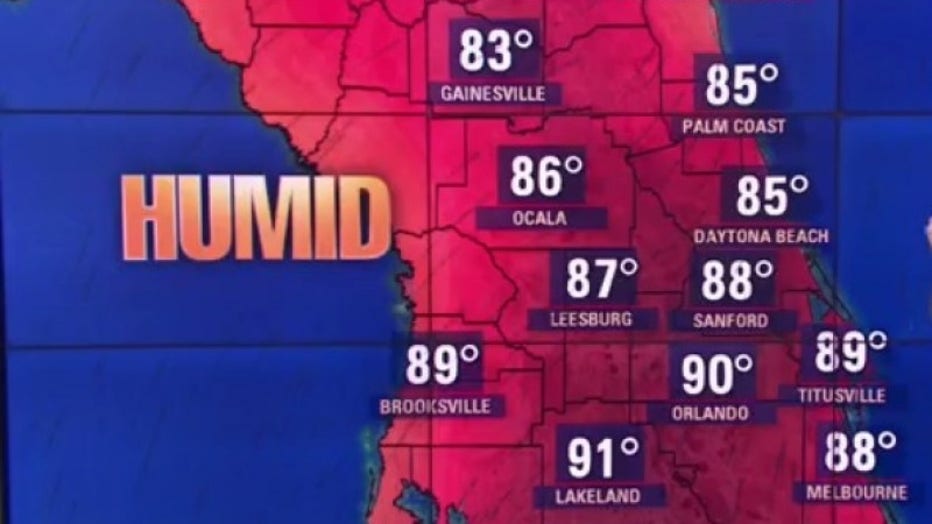 Increased Storm Chance Overnight Severe Weather Risk Monday
May 21, 2025
Increased Storm Chance Overnight Severe Weather Risk Monday
May 21, 2025 -
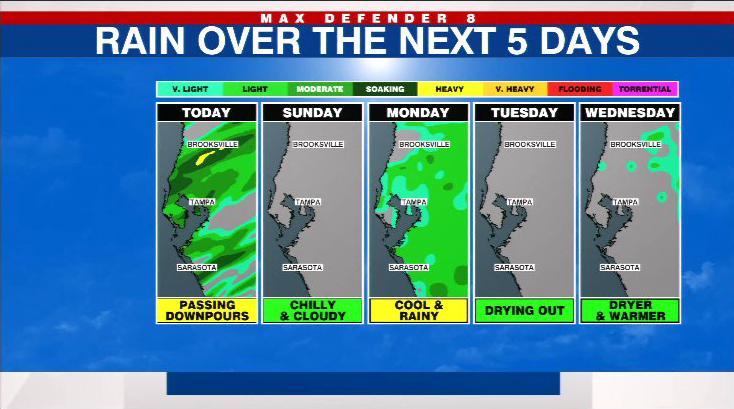 Enjoying Breezy And Mild Days Tips And Activities
May 21, 2025
Enjoying Breezy And Mild Days Tips And Activities
May 21, 2025
